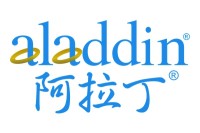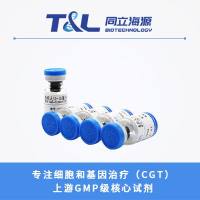Purification of Baculovirus-Expressed Human DNA Topoisomerase I
互联网
889
DNA topoisomerase I (topo I) can be isolated from cultured human cells in quantities that are more than sufficient for investigations into the ability of topo I to relax supercoiled DNA (250 μg/109 cells) (1 ,2 ). However, the production of human topo I (htopo I) in this manner becomes both costly and laborintensive if milligram quantities are needed for structural studies. Although active htopo I has been overexpressed in mammalian cells (3 ), yeast (4 ), and Escherichia coli (5 ,6 ), these systems have not proven capable of providing large quantities of the protein. In E. coli , the htopo I gene was found to be highly toxic to most strains (3 ) and appears to contain cryptic prokaryotic promoter elements that lead to constitutive expression of truncated forms of the protein (Madden and Champoux, unpublished observations). In addition, the E. coli -expressed htopo I is very unstable, with proteolytic breakdown products nearly as abundant as those of the full-length protein (6 ). This is true for htopo I constructs fused to either the T7 gene 10 translation initiation signal (6 ) or to glutathione-S-transferase (GST). Furthermore, expression in protease-deficient strains of E. coli does not appreciably reduce the proteolytic breakdown of htopo I (unpublished observations).







